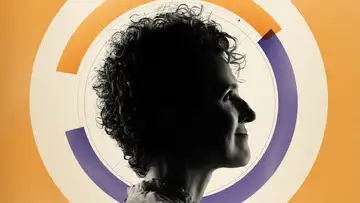Snoring and Sleep ApneaTop of Mind with Julie Rose • Season 1, Episode 16, Segment 3
Mar 2, 2015 • 19m
(33:11)
Guest: Helena Schotland, Division Sleep Specialist in Internal Medicine at the University of Michigan Health Systems
Some of the latest research indicates that children diagnosed with Attention Deficit-Hyperactivity Disorder may actually be suffering the effects of sleep apnea. And the extreme fatigue people with MS experience could also be a result of sleep apnea.
“As people age, unfortunately we get kind of floppy on the outside. As we age, we also get floppy on the inside. People may develop sleep apnea over time,” says Schotland.
“The brain often wakes up for a split second and you go back to sleep and you don’t even realize it. But if you do this 100 times during the night it’s as if someone comes and pokes you and wakes you up 100 times in the night. You need sleep that is not interrupted—what we called consolidated sleep where you fall asleep but also stay asleep for an extended period of time,” says Schotland.
“We’re finding many more people,” says Schotland, “who have sleep apnea who might have been diagnosed with something else in the past.”